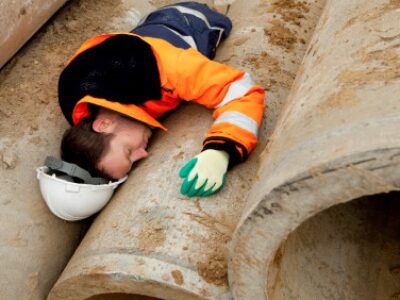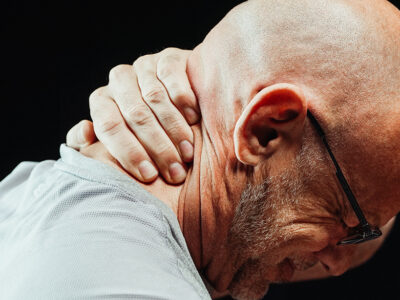You may laugh when you watch medical dramas on TV. The nurses, assistants and aids in immaculate scrubs and perfect hair may spend an entire episode sitting at the bedside of a single patient or wandering around the halls with a cup of coffee and a heartbroken co-worker. You know this is rarely the case, especially in a hospital setting, and you likely have the blisters and bruises to prove it.
The work you do as a health care provider is often difficult and thankless, and your body pays the price. Most days you likely go home with your share of aches and pains. However, since they are part of the job, you probably think nothing of them, especially if you understand what a privilege it is to be working in the health care field.
Common health care injuries
It seems ironic that the place where people go to get well is also the place that is most dangerous for its workers. As a health care provider, you know quite well the inherent risks of your job. However, all the latest statistics show that nursing and other health professions are the most dangerous jobs to have, with over 654,000 workers injured each year. You may consider the following list a small sample of the harm you have suffered on the job:
- Back injuries
- Exposure to bodily fluid
- Needle sticks
- Exposure to contagious diseases
When it comes to back injuries, lifting and moving patients – as often as once an hour – is the leading cause of debilitating spinal injuries among medical professionals. Even if your California hospital or clinic has mechanical lifts, you may not have the time to connect a patient if the situation is critical or you have many patients needing your assistance. Transferring patients and lunging to catch a patient at risk of falling can strain your already aching back.
On the front lines
A startling new statistic shows the increase of workplace violence in the health care industry. In fact, 45 percent of the time, violence on the job occurs in a hospital or medical facility. You may have suffered physical or verbal abuse from an ill or frightened patient or a stressed-out family member. Such incidents happen with particular frequency in pediatric units where emotional parents may lash out with violence at caregivers.
While lawmakers take their time passing legislation to protect you from workplace injuries caused by violence, you can take comfort in the protection of workers’ compensation insurance. Additionally, since the process of filing a claim for compensation can be tedious and frustrating, you can seek assistance from a legal professional. After sacrificing so much to help others, you owe it to yourself to accept assistance from someone else.



